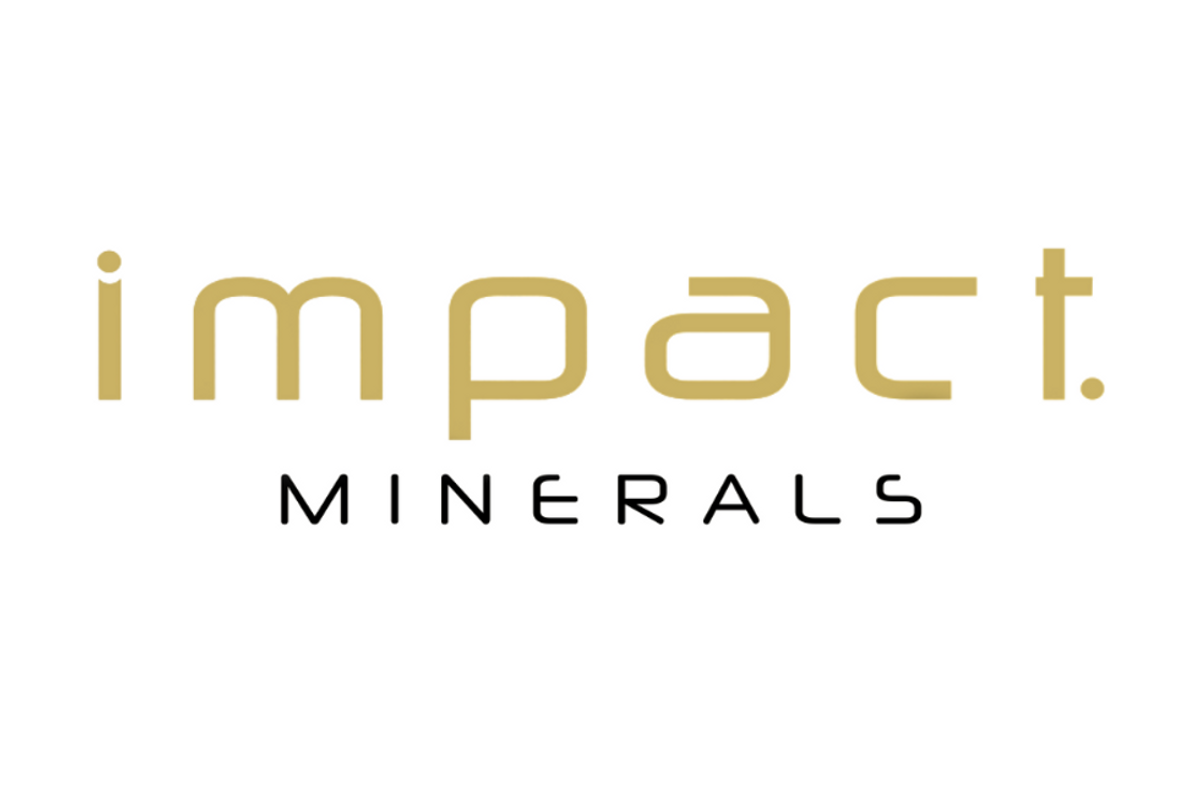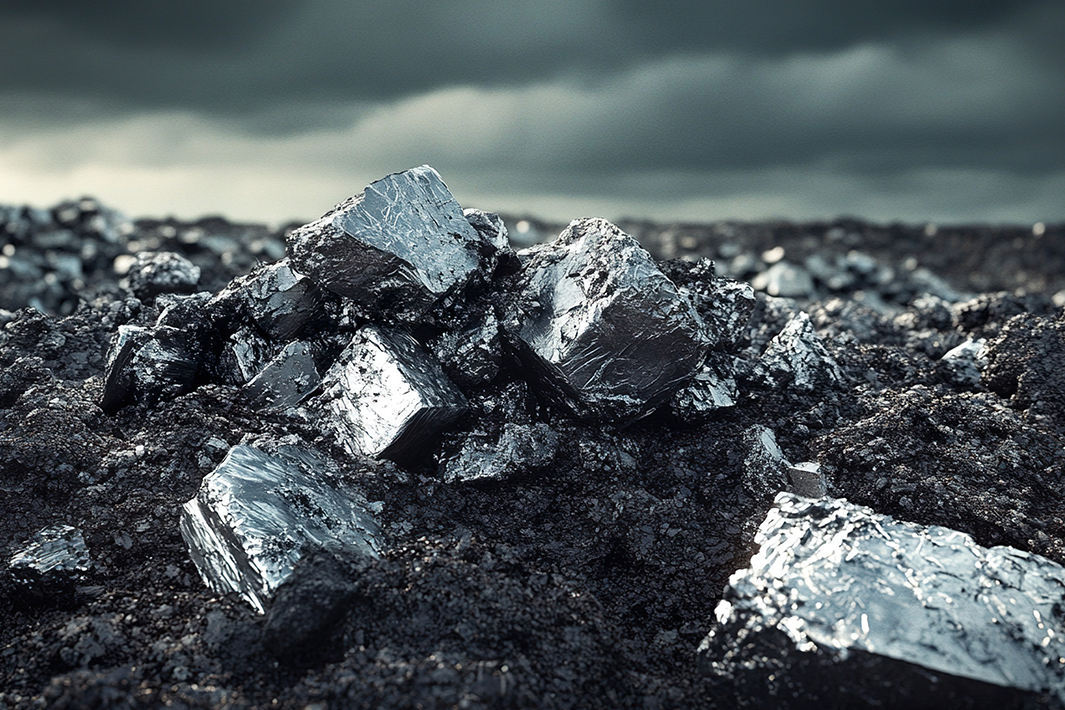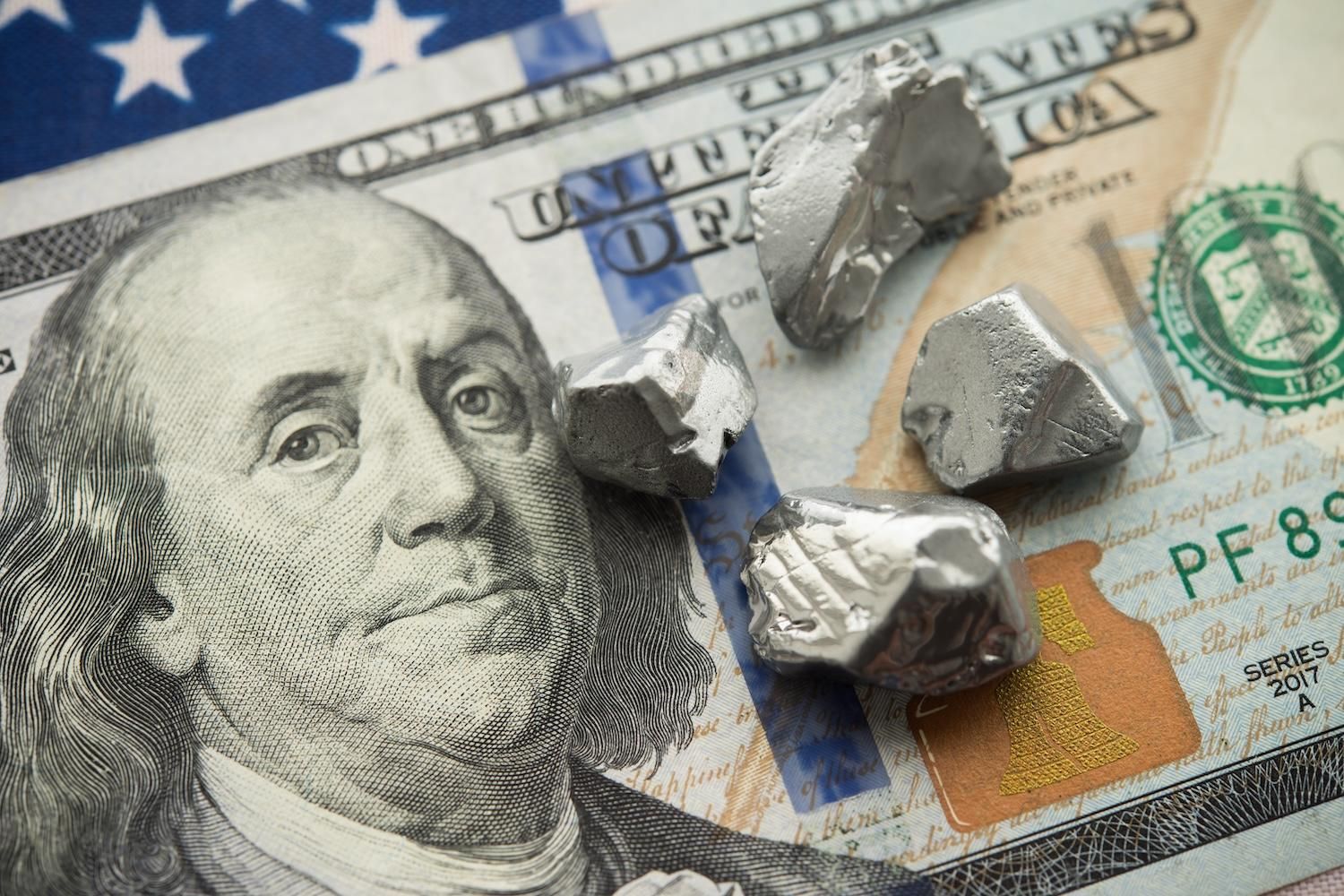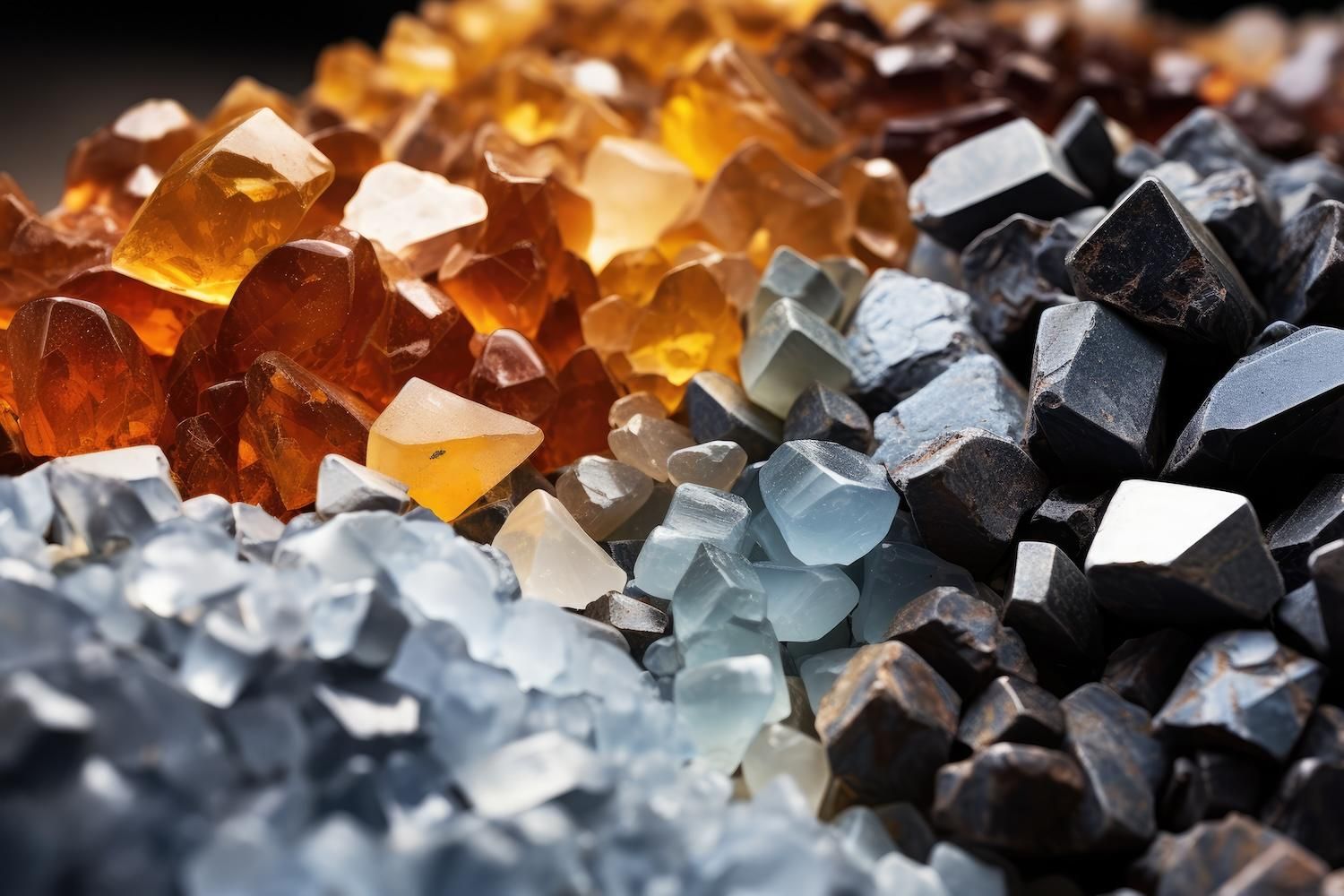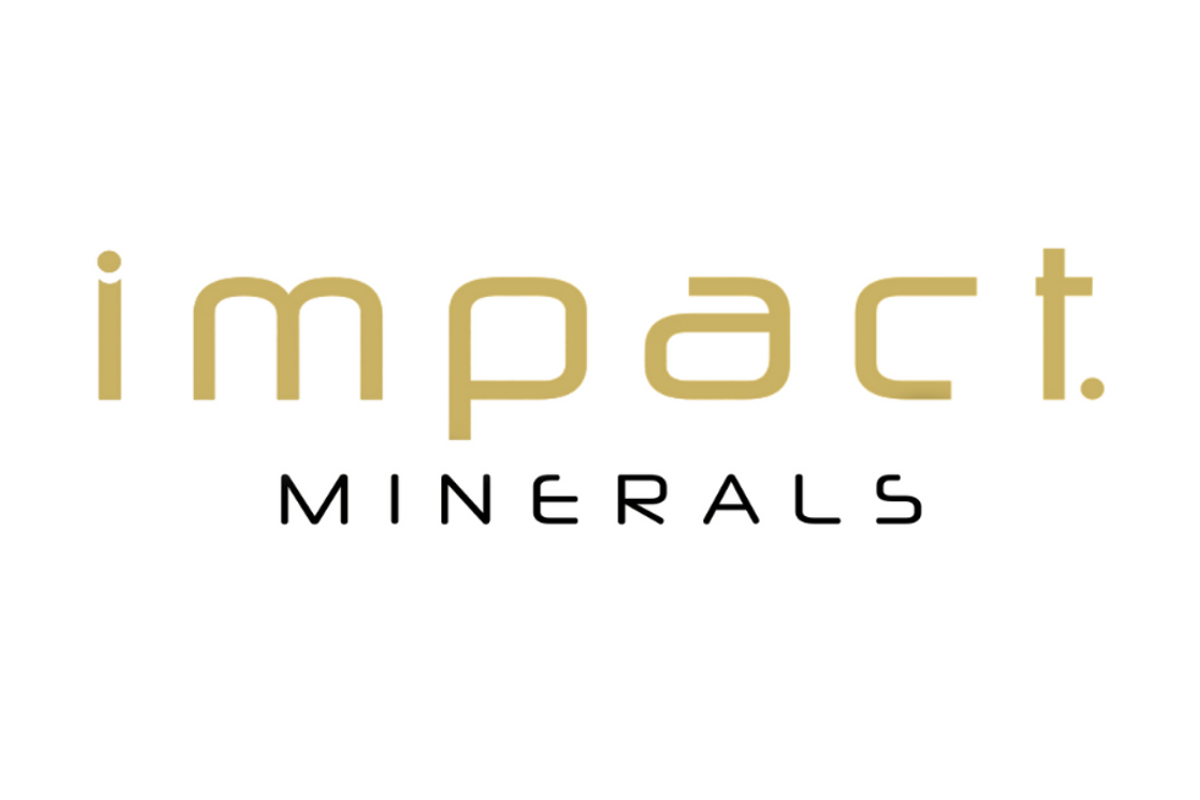
April 28, 2025
Impact Minerals Limited (ASX:IPT) (Impact or Company) is pleased to announce that it will acquire a 50% interest in Alluminous Pty Ltd (Alluminous), becoming its largest shareholder. Alluminous is a newly formed company that has successfully acquired 100% of HiPurA Pty Ltd (Administrators Appointed) (HiPurA). HiPurA owns the HiPurA® High Purity Alumina (HPA) processing technology which was previously developed and wholly owned by ChemX Materials Limited (Administrators Appointed) (ChemX). Both ChemX and HiPurA separately entered voluntary administration on 2 January 2025 (ASX Release 4 April 2025).
The acquisition provides a number of strategic and tactical benefits, including:
- Potential to accelerate Impact’s entry into the HPA market by up to two years, providing a significant time and cost advantage compared to the current projected timeline.
- HiPurA® is complementary to the Lake Hope Project, which remains central to Impact’s strategy. Financial modelling and report writing for the pre-feasibility study (PFS) are well advanced.
- Immediate access to the HiPurA® HPA process, which has demonstrated >99.99% (4N) purity and is designed to be scalable.
- A pilot plant that is largely constructed and nearing commissioning, with modest additional capital expenditure required to commence production and generate product samples.
- Ownership of a fully equipped HPA laboratory and micro-plant eliminates the need for third-party testing, and enables faster customer qualification and process optimisation.
- Potential integration of the Lake Hope resource into HiPurA® via back-engineering, while unlocking a new pathway using chemical feedstocks. This allows both commercial options to be pursued to reach a streamlined path to market.
- Supports strategic alignment with Impact’s CRC-P research grant, allowing integration of membrane technologies and strengthening government funding prospects.
- Involvement of the original HiPurA® inventors, which together with Impact’s own HPA capabilities, ensures technical continuity, deep expertise, and innovation-led process improvements.
- Partnership with experienced North American investors may provide exposure to additional funding opportunities and global customer networks in high-growth HPA markets including batteries, semiconductors, and LEDs.
- The total acquisition cost of $2.2 million will be shared equally by Impact and the other shareholders of Alluminous. Impact's share is $1.1 million. This structure is expected to lower Impact’s financial exposure and share technical and financial responsibilities.
The remaining 50% of Alluminous will be owned by the two founders and inventors of the HiPurA® technology, together with North American venture capital investors with experience in the resource sector. This ownership structure is expected to support the development of the HiPurA® HPA process's development by retaining its original developers' involvement and may facilitate access to North American capital markets.
Alluminous's next steps will be to demonstrate the HiPurA® technology at pilot plant scale, followed by expansion to commercial-scale production in North America. There is also potential for Alluminous to pursue a listing on a North American securities exchange within the next 12 to 24 months.
Impact's Managing Director, Dr. Mike Jones, said, “This acquisition represents a rare and strategic opportunity for Impact. ChemX ultimately failed due to financial issues rather than any technical shortcomings. Our due diligence identified a robust, well-designed technology and business plan. The HiPurA® process demonstrated innovation, scalability, and the proven ability to produce 4N HPA at the micro-plant scale. The associated pilot plant, which is capable of producing at least 25 tonnes of HPA per year, is nearing commissioning. This has the potential to accelerate the time to commercialisation materially.
The acquisition process was highly competitive and provides us with a second avenue to progress our HPA strategy. HiPurA may serve as a complementary addition to our Lake Hope Project, with plans to explore integration through back-engineering. HiPurA® technology also provides alternative development possibilities, with potential advantages including faster time to market, multiple feedstock options, and a highly scalable production model. Based on our current assessments, the time savings could be as much as two years, which may be worth millions of dollars.
Our partnership within Alluminous brings together a rare combination of deep technical and financial expertise. The original inventors of HiPurA® will remain actively involved, ensuring continuity in technology development. At the same time, our North American co-investors contribute significant financial acumen and market access, particularly in high-value supply chains for batteries, semiconductors, and specialty materials.
“This acquisition provides more than just a process—it gives us real assets, well-credentialed partners, and a faster path to revenue. Impact is now uniquely positioned to become part of a vertically integrated, globally competitive supplier of HPA.”
Click here for the Shareholders & Investors Webinar Presentation
Click here for the full ASX Release
This article includes content from Impact Minerals, licensed for the purpose of publishing on Investing News Australia. This article does not constitute financial product advice. It is your responsibility to perform proper due diligence before acting upon any information provided here. Please refer to our full disclaimer here.
IPT:AU
The Conversation (0)
22 October 2024
Impact Minerals Limited
Developing the lowest-cost HPA project in Australia
Developing the lowest-cost HPA project in Australia Keep Reading...
27 March
Successful Completion of the Renounceable Rights Issue
Impact Minerals Limited (IPT:AU) has announced Successful Completion of the Renounceable Rights IssueDownload the PDF here. Keep Reading...
19 March
Renounceable Rights Issue Closing Date
Impact Minerals Limited (IPT:AU) has announced Renounceable Rights Issue Closing DateDownload the PDF here. Keep Reading...
13 March
Major drill targets identified at the Caligula Prospect
Impact Minerals Limited (IPT:AU) has announced Major drill targets identified at the Caligula ProspectDownload the PDF here. Keep Reading...
09 March
NFM: Sale of Broken Hill East Project to Impact Minerals
Impact Minerals Limited (IPT:AU) has announced NFM: Sale of Broken Hill East Project to Impact MineralsDownload the PDF here. Keep Reading...
04 March
Update on the Renounceable Rights Issue to raise $5.2M
Impact Minerals Limited (IPT:AU) has announced Update on the Renounceable Rights Issue to raise $5.2MDownload the PDF here. Keep Reading...
16 December
Policy Shift Sparks Renewed Interest in Rare Earths Stocks
Rare earths stocks have gained renewed investor attention following recent policies that sharpen the US government's focus on securing critical minerals supply chains. In early 2025, the Trump administration signaled stronger commitments to reduce American reliance on China for rare earth... Keep Reading...
15 December
ReeXploration Announces $1,000,000 Private Placement
Capital raise supports upcoming drill program targeting newly identified uranium system along Namibia's premier uranium corridorReeXploration Inc. (TSXV: REE) (FSE: K2I0) ("ReeXploration" or the "Company") is pleased to announce a private placement for aggregate gross process of up to $1,000,000... Keep Reading...
12 December
ReeXploration Announces Field Program Results Confirming Large-Scale Uranium Target at Eureka, Namibia
Ground radiometrics, soil geochemistry and mapping reinforce the potential for a Rossing-style system beneath shallow coverReeXploration Inc. (TSXV: REE) (FSE: K2I0) ("ReeXploration" or the "Company") is pleased to announce results from its uranium field program, which provide strong support for... Keep Reading...
09 December
Pensana Secures US$100 Million Investment for US Mine-to-Magnet Plan
Rare earths-focused Pensana (LSE:PRE,OTC Pink:PNSPF) reported on Tuesday (December 9) that it has concluded a US$100 million subscription with a strategic investor.According to the company, the deal underpins its broader mine-to-magnet strategy in the US.The unnamed investor subscribed for 95... Keep Reading...
07 December
U.S. Investors Lead Oversubscribed $17m Placement
Locksley Resources (LKY:AU) has announced U.S. Investors Lead Oversubscribed $17m PlacementDownload the PDF here. Keep Reading...
04 December
ABx Receives First Mixed Rare Earth Carbonate Sample from Deep Leads
ABx Group (ASX:ABX) said the Australian Nuclear Science and Technology Organisation (ANSTO) has produced the first mixed rare earth carbonate (MREC) sample from the Deep Leads resource in Northern Tasmania.A Tuesday (December 2) press release states that the ANSTO sample contains 4 percent... Keep Reading...
Latest News
Interactive Chart
Latest Press Releases
Related News
TOP STOCKS
American Battery4.030.24
Aion Therapeutic0.10-0.01
Cybin Corp2.140.00

